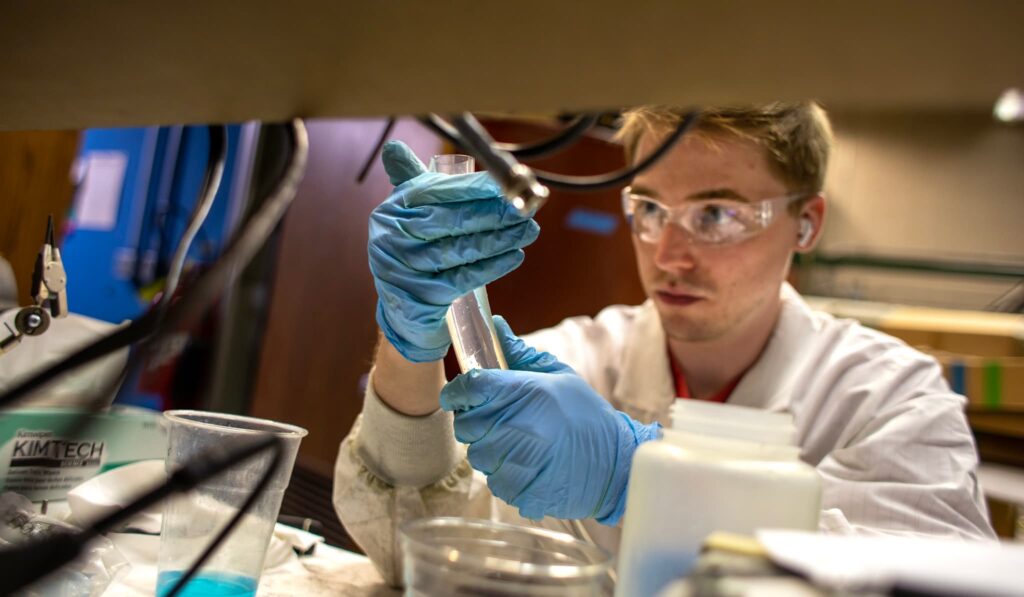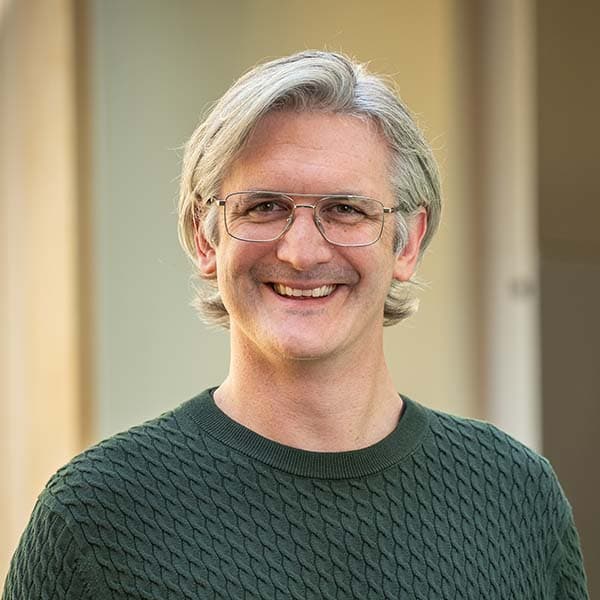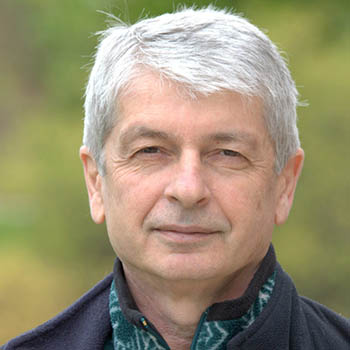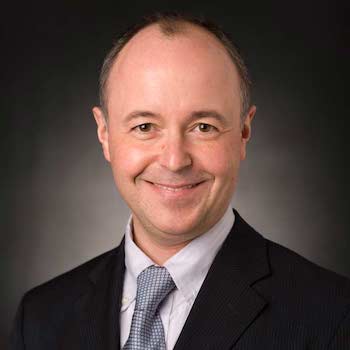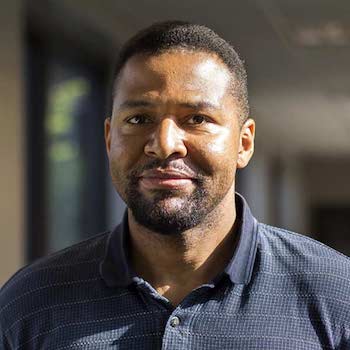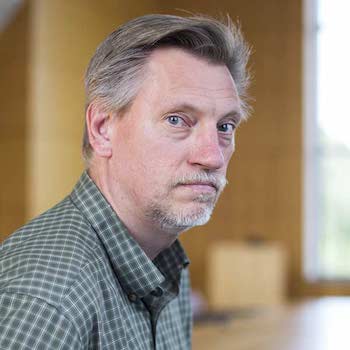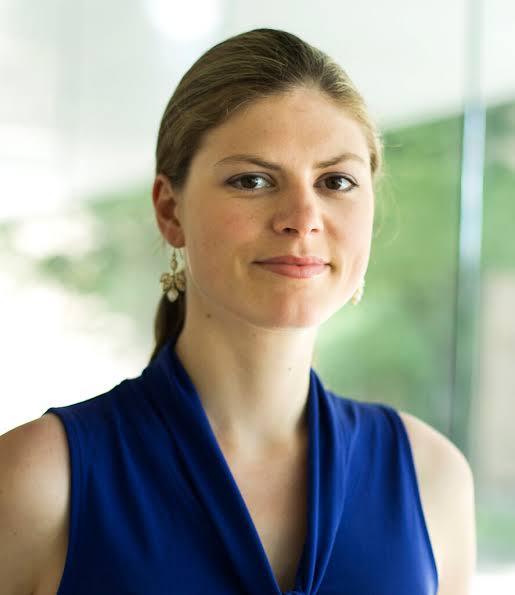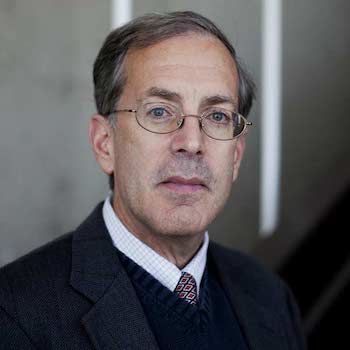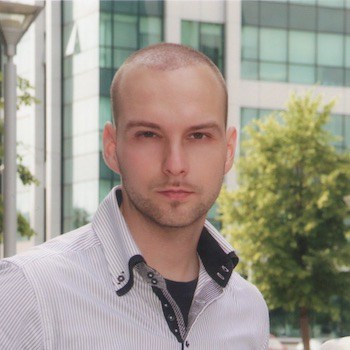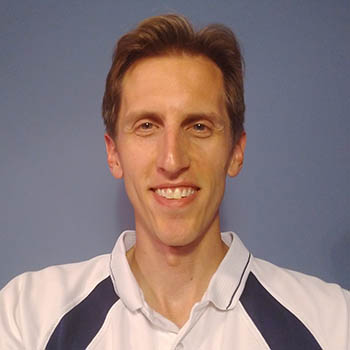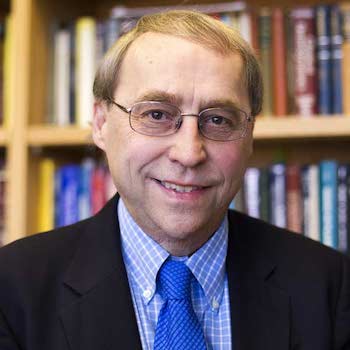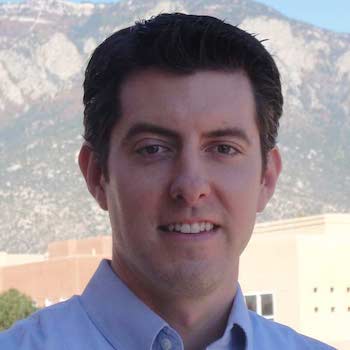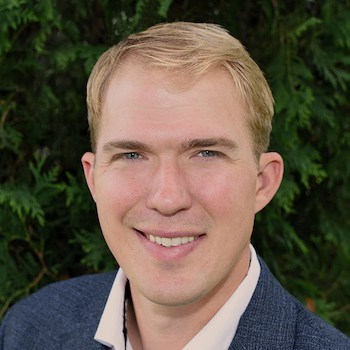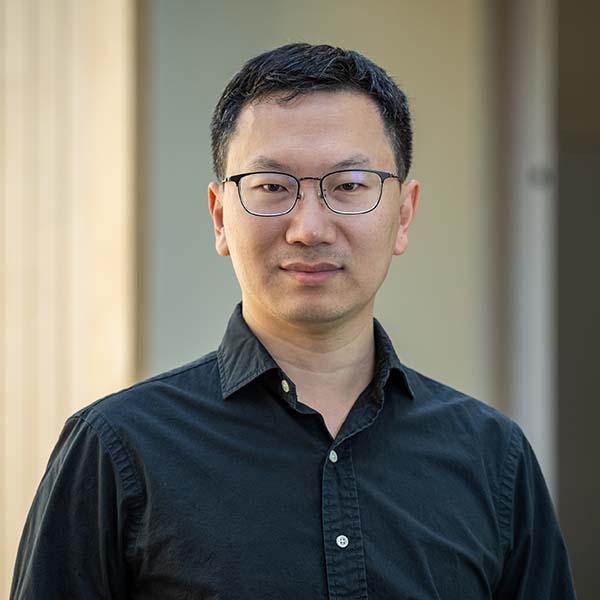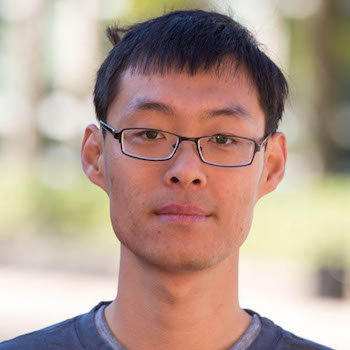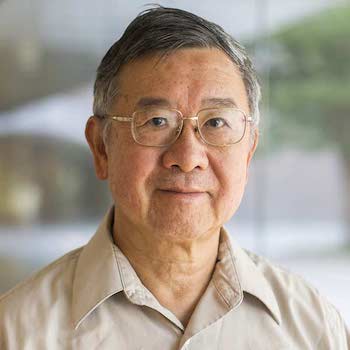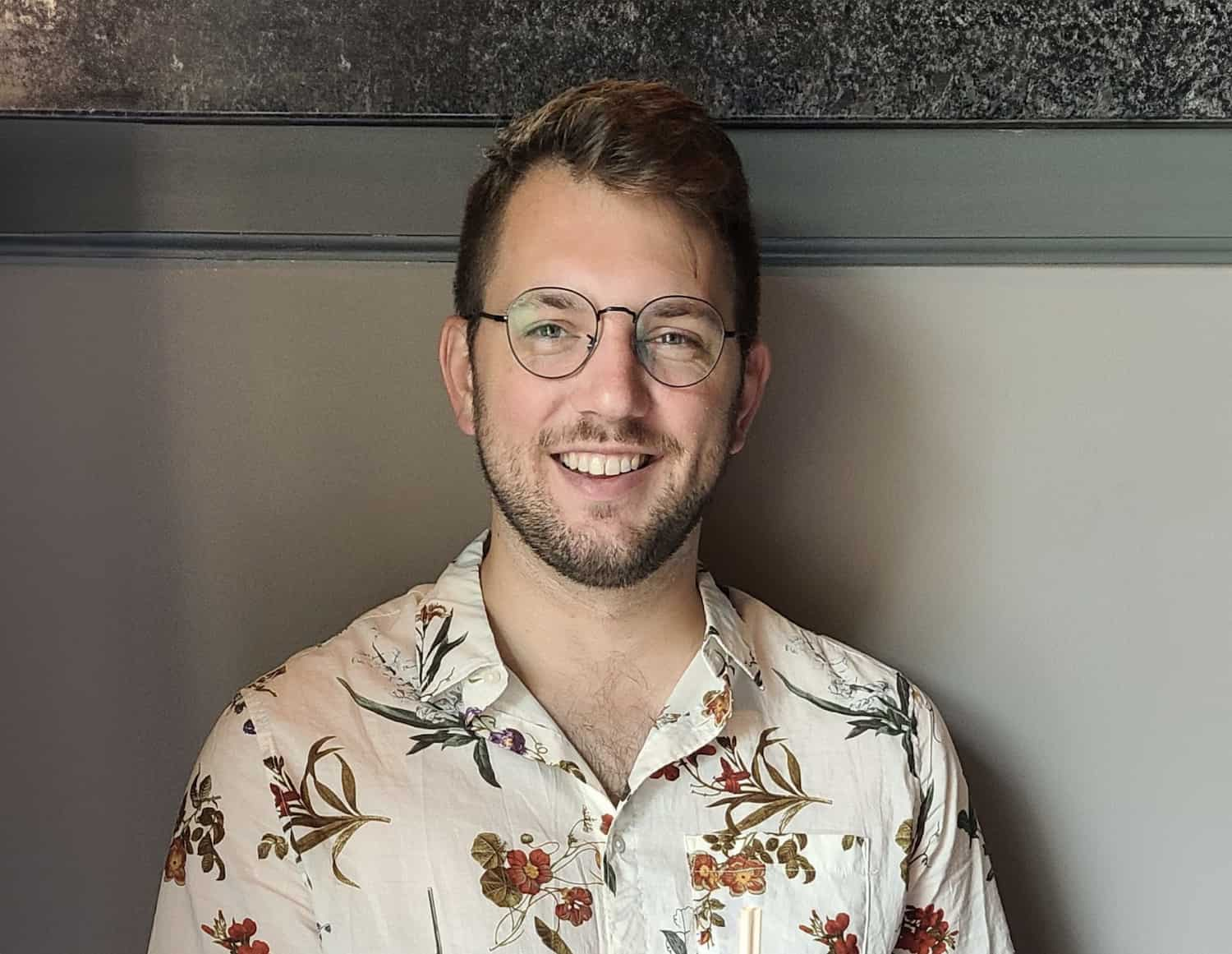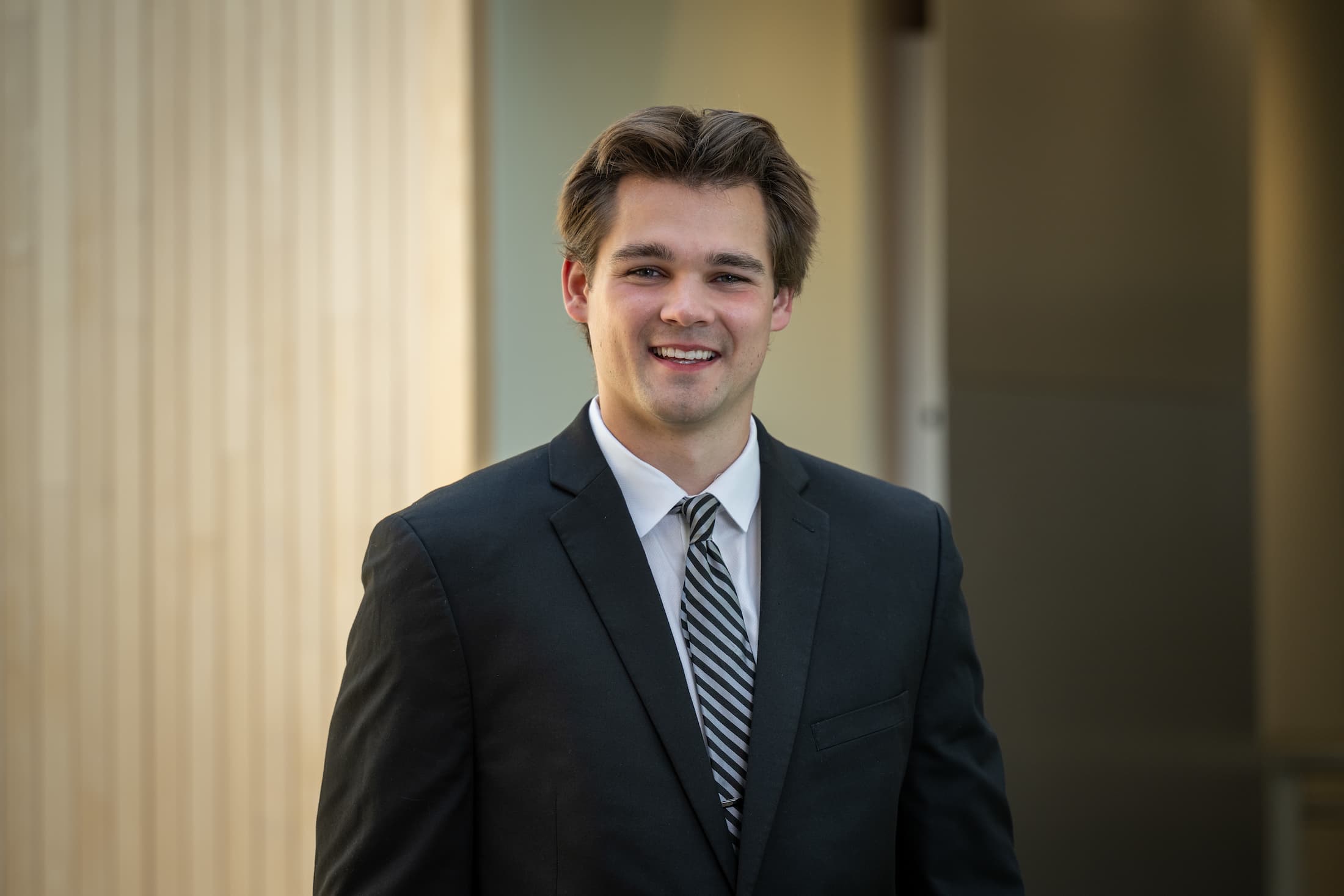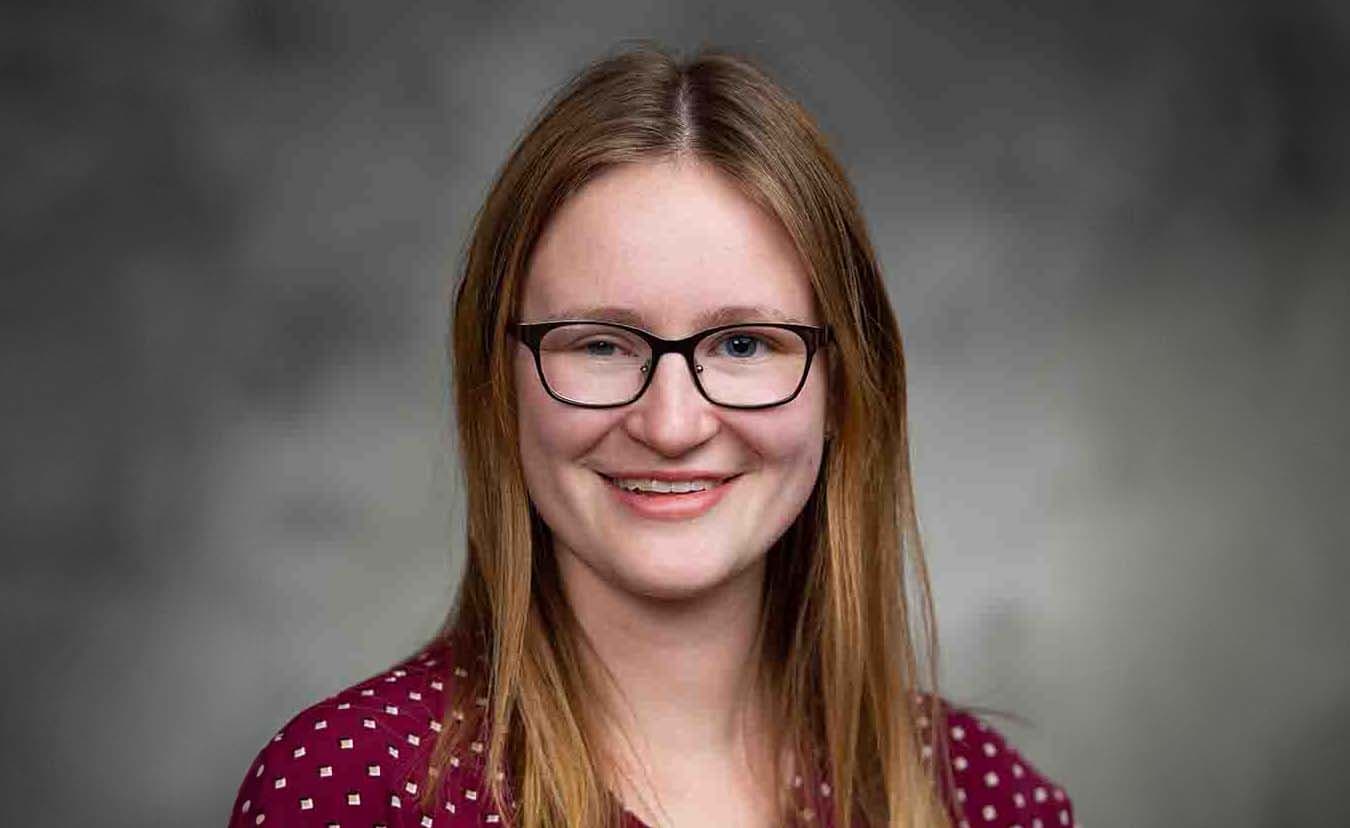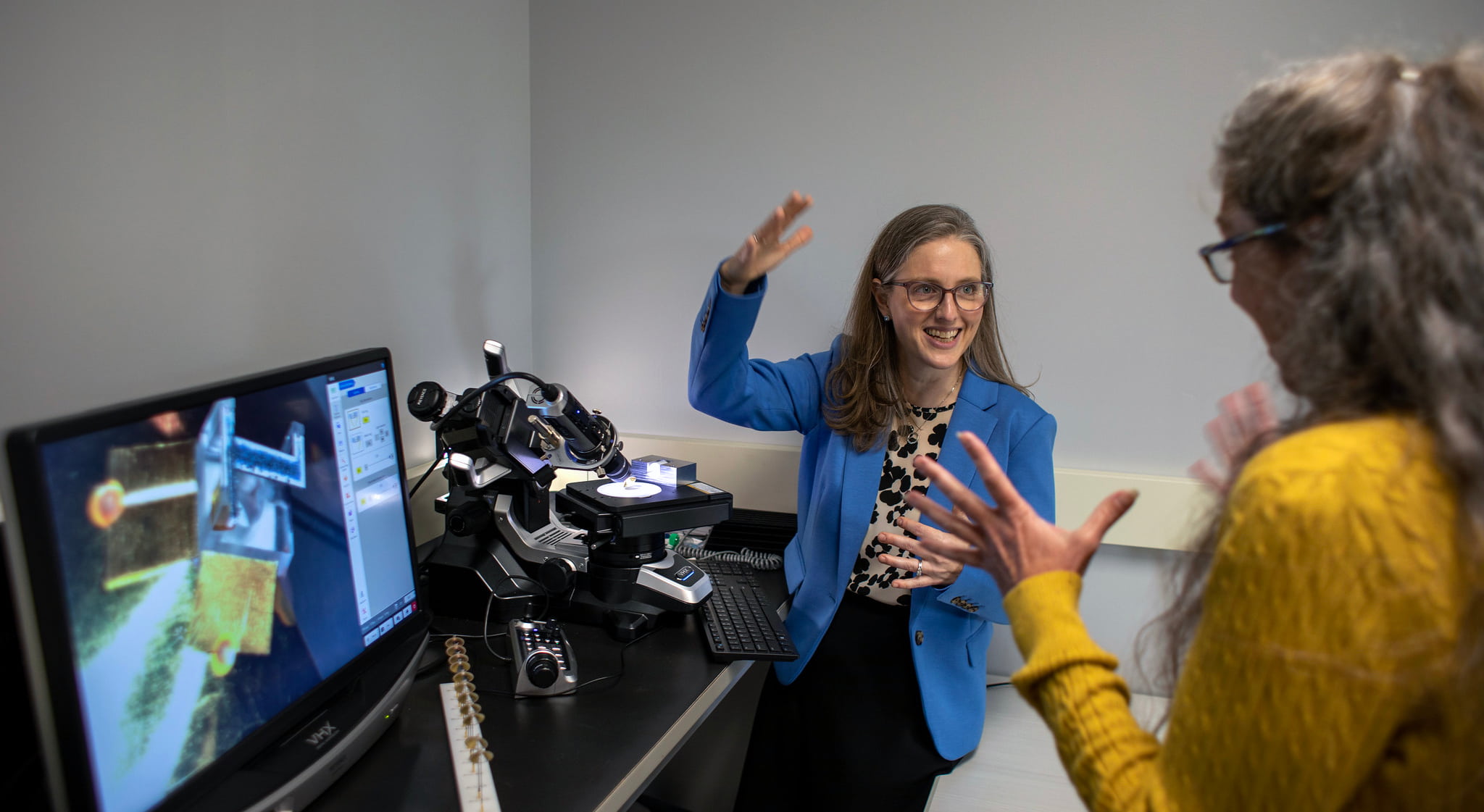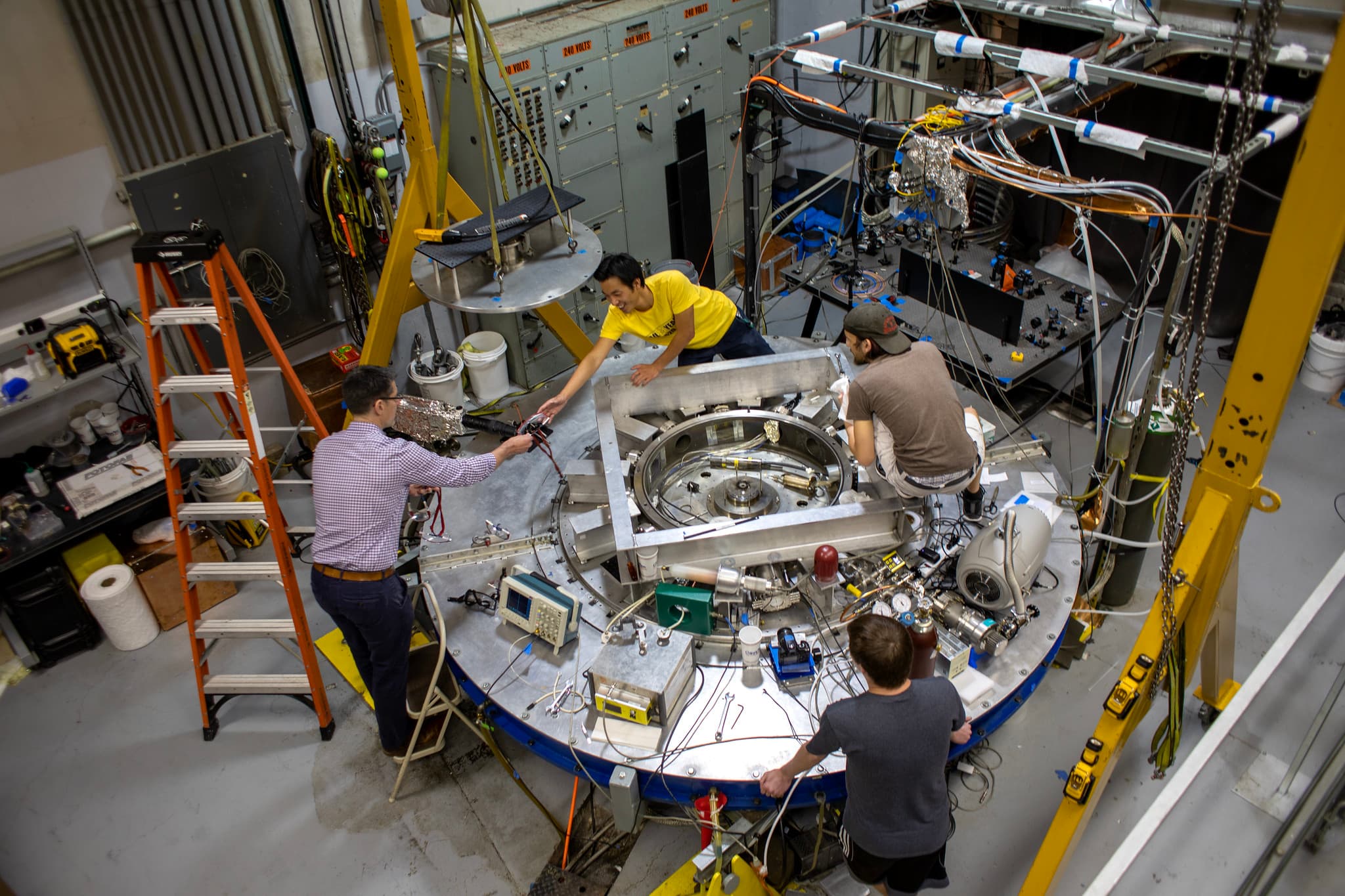
Plasmas & Nuclear Fusion
Plasmas have the potential to purify water, propel spacecraft across the solar system and beyond, heal wounds, ignite nuclear fusion and more.
Our experimental plasma research programs concern topics related to advanced accelerators and lasers, Z-pinches, magnetic and inertial confinement fusion, radiation generation, plasma thrusters, materials processing, low-temperature plasmas, and applications.
We also study basic plasma science questions, investigating why plasmas self-organize, the nature of plasma diffusion through sheaths and magnetic cusps, the nature of the plasma liquid interface, and more.
Our laser capabilities include ZEUS, a three-petawatt system (three petawatts are equal to three quadrillion watts, or a 3 followed by 15 zeros) and the most powerful laser in the United States. Funded by the National Science Foundation, the facility enables both basic and applied research. It will test a leading theory on how the universe operates at a subatomic level, and it could lead to advancements in medicine, materials science, and national security.
Faculty
Professor
Associate Professor and Engineering Physics Chair
Research Scientist
NERS Associate Chair and Professor
Professor and Master’s Chair
Henry J. Gomberg Collegiate Professor of Engineering
Associate Professor
Professor
Associate Research Scientist
Associate Research Professor
Professor Emeritus
Professor and Undergraduate Program Advisor
Associate Professor
Professor and Engineering Physics Chair
Assistant Research Scientist
Professor Emeritus
Labs & Groups
| Applied Nuclear Science Group (Prof. Igor Jovanovic) |
| Center for Laboratory Astrophysics (CLA) (Prof. Carolyn Kuranz) |
| Center for Magnetic Acceleration, Compression and Heating (MACH) (Prof. Ryan McBride) |
| Computational Plasma Science and Engineering Group (Prof. Mark J. Kushner) |
| Gérard Mourou Center for Ultrafast Optical Science (Prof. Karl Krushelnick) |
| High Field Science Group (Prof. Alec Thomas) |
| Plasma Science and Technology Laboratory (Prof. John Foster) |
| Plasma, Pulsed Power, and Microwave Laboratory (Prof. Ryan McBride, Prof. Ron Gilgenbach, Prof. Y.Y. Lau) |
| Plasma Theory Group (Prof. Scott Baalrud) |
NEWS
Select Research Projects
High Power Microwave Sources Driven by Intense Relativistic Electron Beams
Lead: Prof. Ronald Gilgenbach
Several research projects directed towards the generation of high power microwave (HPM @100 MW- 1 GW), sources driven by relativistic electron beams with energies of 200-1000 keV at currents of 1-100 kA. These HPM sources are of interest to the Department of Defense for Counter-Improvised Explosive Devices (IEDs) and to the Department of Energy for advanced accelerators and RF heating of fusion plasmas.
Z-Pinch Plasmas for Nuclear Fusion and X-Ray Sources
Lead: Prof. Ryan McBride
Cylindrical plasmas can be compressed by intense magnetic fields to produce nuclear fusion reactions and x-rays. The most famous example of this is the 30-million-ampere Z machine at Sandia National Laboratories. To study these processes at UM, we use the 1-million-ampere MAIZE facility and the 150-thousand-ampere BLUE facility in the Plasma, Pulsed Power, and Microwave Laboratory. Students design and field experiments on our pulsed power facilities. They also collaborate with scientists from national laboratories, defense laboratories, and other universities. We have projects related to magnetized liner inertial fusion (MagLIF), deuterium gas-puff z-pinches, X-pinches, wire-array z-pinches, field-reversed configurations (FRCs), power flow plasmas, and more.
Plasma Propulsion
Lead: Prof. John Foster
Plasma propulsion provides a viable option for spacecraft for missions ranging from satellite stationkeeping to interplanetary propulsion. We are currently engaged in projects related to improving the efficiency and extending the lifetime of plasma thrusters such as the gridded ion and Hall engines. . We are also investigating a plasma gas core nuclear rocket concept for fast human transportation throughout the solar systems.
Environmental Plasma Applications
Lead: Prof. John Foster
We are currently investigating a number of plasma solutions to environmental problems ranging from water pollution to plasma basics upcycling of plastics to pandemic control. Here plasma produced reactive species attack organic toxins or microbes in water reducing them to harmless byproducts via advanced oxidation and reduction processes.
Strongly Coupled Plasmas
Lead: Prof. Scott Baalrud
Plasmas are typically thought to be a gas-like state that is so hot that collisions between atoms cause electrons to separate from atomic nuclei. However, plasmas can also exist in more dense or cool conditions, where they behave more like ionized liquids, supercritical fluids, or even solids. These strongly coupled states of plasma behave in fundamentally different ways than their weakly coupled counterparts. Our work seeks to develop a theoretical understanding of the basic properties of strongly coupled plasmas. We use a combination of analytic techniques (math) and high-performance computer simulations. This work applies to a number of application areas, including high energy density plasmas used in inertial fusion energy research, high-intensity laser-plasma interaction experiments, plasmas at atmospheric and elevated pressures, ultracold plasmas, trapped antimatter plasmas, and dusty plasmas. It is also important in order to understand the physics of dense astrophysical objects, such as stellar interiors and white dwarf atmospheres.
Strongly Magnetized Plasmas
Lead: Prof. Scott Baalrud
One of the most fundamental and beneficial properties of a plasma is that it can be controlled by magnetic fields. For example, this forms the basis for magnetic confinement concepts in fusion energy research. However, most plasmas are weakly magnetized in the sense that the gyromotion of particles induced by a magnetic field occurs at a scale that is much larger than the scale at which particles interact (the Debye length). Strongly magnetized plasmas correspond to the opposite limit. Our work seeks to develop a basic theoretical understanding of the properties of strongly magnetized plasmas and to search for new physics that may be utilized in applications. We develop new approaches to kinetic theory and use molecular dynamics simulations to test the theory. This research is becoming increasingly relevant to experiments, as extremely high magnetic fields are becoming possible in high energy density plasmas, such as pinches, as well as in cold plasmas traps, including non-neutral plasmas.
Low-temperature Plasmas and Sheaths
Lead: Prof. Scott Baalrud
Plasma modification of materials is at the heart of many of the most revolutionary technologies in our society. Current examples include efficient lighting sources, electric propulsion, and the manufacture of microelectronics. Upcoming examples include plasma-based medical technologies and technologies to improve the environment through waste remediation. Each of these relies on understanding how plasmas interact with their surroundings, which occurs through an electrostatic boundary layer called a sheath. Our work seeks to understand how sheaths work, and how they may be controlled in ways that are desirable for applications. We use analytic models, as well as particle-in-cell simulations in this work. It includes basic scientific studies, as well as applied projects in collaboration with experimental colleagues.

GET INVOLVED
We believe that engaging in research as an undergraduate student is a very important part of the NERS experience, and many of our third- and fourth-year undergraduate students are actively involved and have co-authored papers in scientific journals.
